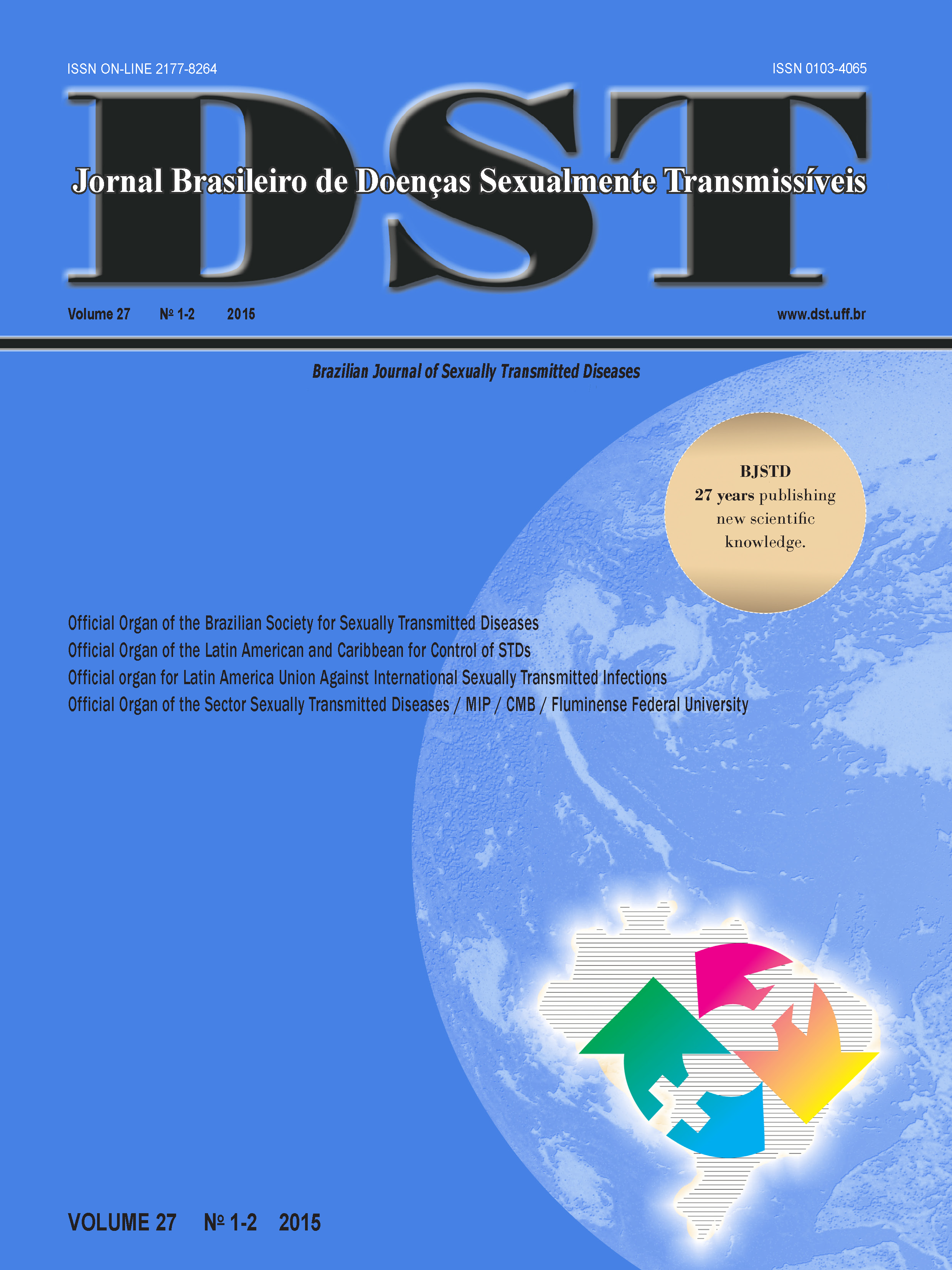Human papillomavirus in head and neck carcinomas
prevalence and clinicopathological relationship
Keywords:
Papillomaviridae, head and neck neoplasm, epidemiologyAbstract
Introduction: The human papillomavirus (HPV), associated with other factors such as smoking and drinking, increases the risk of head and neck carcinomas. The presence of the HPV-16 genome, considered as highly carcinogenic, increases the risk by 50%. Objectives: To assess the prevalence and clinicopathological relationship of HPV associated with the head and neck carcinomas. Methods: This is a systematic literature review, from a bibliographical search on LILACS and MEDLINE databases. Results: Thirteen studies were reviewed, which altogether evaluated 1,216 cases of head and neck carcinomas, where HPV was detected, on average, in 36.45% of the cases. HPV-16 was the most prevalent genotype, present in 22 to 100% of positive cases for HPV. A higher prevalence of male subjects was observed in cases where the HPV genome was detected. A lower average age in HPV-positive cases was described in all the studies. An inverse association between the presence of HPV and habits such as smoking and alcohol consumption has been reported, with HPV seeming to be more prevalent in tumors presented by nonsmokers and nondrinkers. Conclusion: Despite being associated with smoking and alcohol consumption in some studies, improved prognosis and lower recurrence were reported in head and neck carcinomas with the presence of the HPV genome and a higher prevalence and growing incidence of these tumors in younger individuals.












